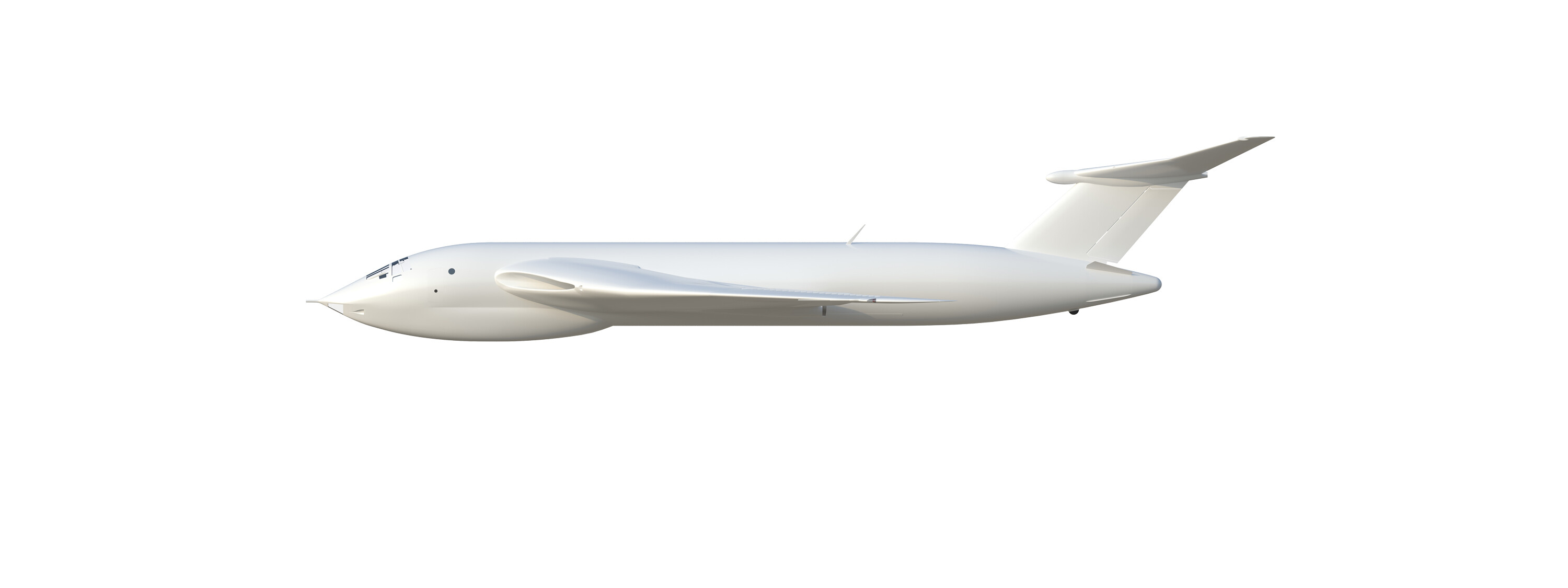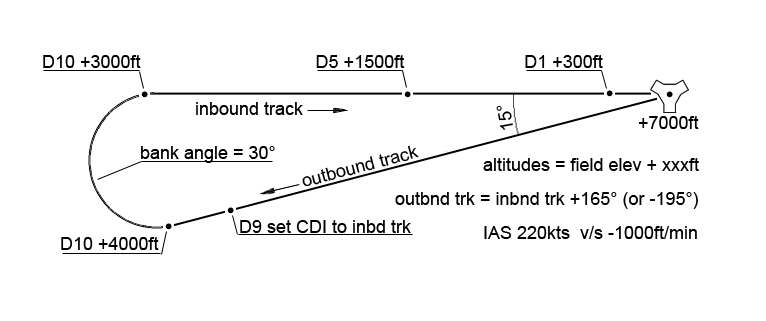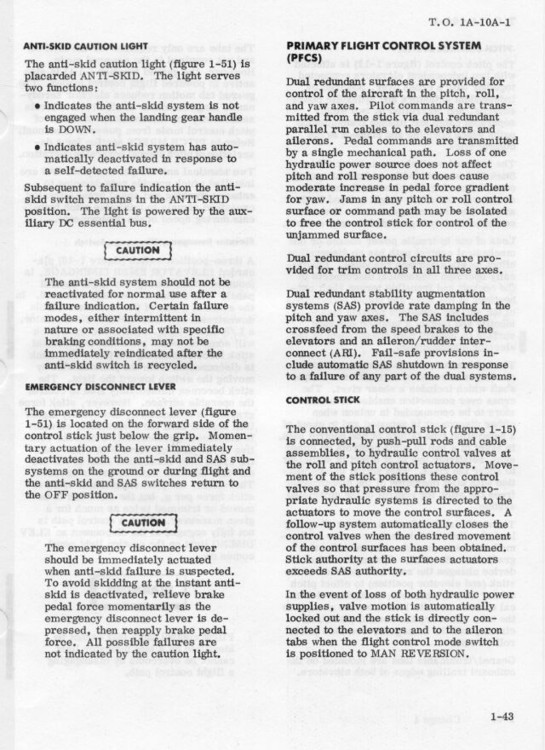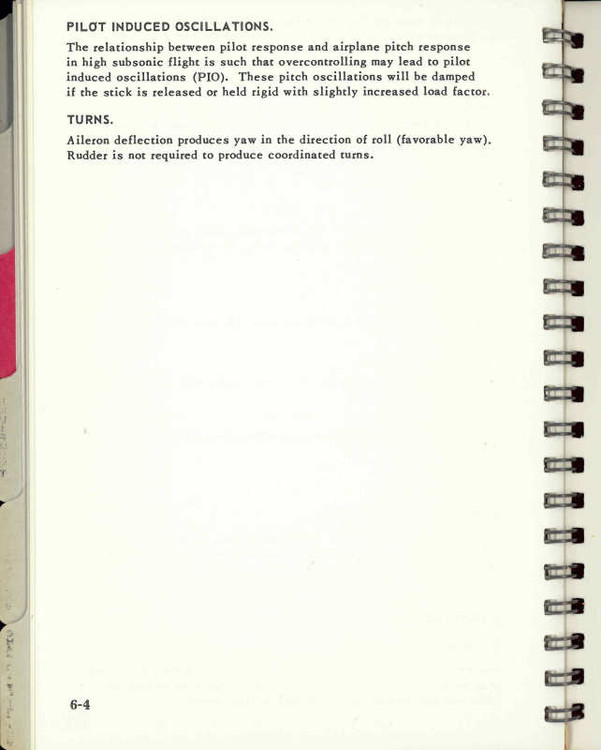-
Posts
2535 -
Joined
-
Last visited
Content Type
Profiles
Forums
Events
Everything posted by bbrz
-
The higher the speed, the more effective the speedbrakes (applies to all aircraft). If the boards aren't extended already on final, extend them as soon as you touch down.
-
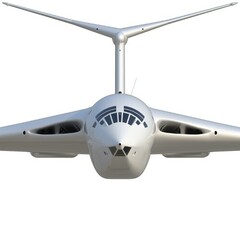
So how do I land F-5E in IFR low viz weather with new 2.7 clouds?
bbrz replied to DmitriKozlowsky's topic in DCS: F-5E
I did have this problem as well and I love flying the F-5 in bad weather since it is very immersive and realistic! If there are no procedures, I've designed a let down which works with basically all TACAN equipped aircraft/airfields. -
Not only due to GLOC, also due to aerodynamic reasons e.g. consecutive aileron rolls are a no-go on many combat aircraft, e.g. the F-15.
-

correct as is F-5 no rudder input needed to maintain coordinated turns
bbrz replied to SMH's topic in Bugs and Problems
You don't give up, do you. -

correct as is F-5 no rudder input needed to maintain coordinated turns
bbrz replied to SMH's topic in Bugs and Problems
The main problem with the yaw SAS off is that rudder trim isn't available, which means that during single engine ops and/or asymmetric loads, flying the F-5 is more demanding. The -1 states that The aircraft can be safely flown without augmentation throughout the entire flight envelope. -

correct as is F-5 no rudder input needed to maintain coordinated turns
bbrz replied to SMH's topic in Bugs and Problems
This has nothing to do with FBW. Even a 767 will show a noticeable amount of adverse yaw when you are applying full aileron at the start of a turn at low speed. Manual rudder input is not required and you don't apply rudder, because the yaw damper turn coordination function will immediately counteract adverse yaw. Furthermore on most aircraft the vertical tail itself will be sufficient for the adverse yaw to be removed after reaching a steady bank angle. That's one of the reason why there's one bolted onto the fuselage. If it wouldn't remove sideslip on its own, e.g. flying in turbulence would be next to impossible. Btw. if aileron application would cause skidding, it would be the opposite of adverse, (too much) proverse yaw. -

correct as is F-5 no rudder input needed to maintain coordinated turns
bbrz replied to SMH's topic in Bugs and Problems
Definitely not and one of both obviously couldn't be the result of adverse yaw. -

missing info MiG-15 no rudder input needed to maintain coordinated turns
bbrz replied to SMH's topic in Bugs and Problems
The A-10C is doing it too because it does IRL as well: The dual channel SAS provides rate damping in both the pitch and yaw axis as well as automatic turn coordination. If the yaw behavior with yaw SAS on and off is identical, it's because the flight model isn't so sophisticated that it simulates this 'failure' case. -

correct as is F-86 no rudder input needed to maintain coordinated turns.
bbrz replied to SMH's topic in Bugs and Problems
What has a standard GA aircraft in common with an F-5? FYI, that's from a T-38 manual: Aileron deflection produces yaw in the direction of roll (favorable yaw). Rudder is not required to produce coordinated turns. Btw. not even the A-10 requires any manual rudder input to achieve turn coordination. -

correct as is F-5 no rudder input needed to maintain coordinated turns
bbrz replied to SMH's topic in Bugs and Problems
The problem with your posts is that you don't seem to accept facts you don't like. You are making statements like: It's physically impossible for a banking aircraft to not exhibit adverse yaw. We provide info that this is not always the case and your reaction is that you are suddenly talking about a different aircraft and claim that there's no ARI. Again you are proven wrong. Your reaction? If I turn the SAS off, the A-10 doesn't react the way it should. But that's a different story and not all failure cases are simulated in all DCS aircraft. -

correct as is F-5 no rudder input needed to maintain coordinated turns
bbrz replied to SMH's topic in Bugs and Problems
Page 55 from the manual you linked: The dual channel SAS provides rate damping in both the pitch and yaw axis as well as automatic turn coordination. (obviously an ARI) This feature is being called ARI in the A-10A -1. -

correct as is F-5 no rudder input needed to maintain coordinated turns
bbrz replied to SMH's topic in Bugs and Problems
I'm amazed that ED didn't even get flight model right on the basic Yak-52, so SMHs doubts are not unfounded. What's a Cessna 40? -

correct as is F-5 no rudder input needed to maintain coordinated turns
bbrz replied to SMH's topic in Bugs and Problems
The exact title is T-38A PILOT'S BRIEFING NOTES northrop corporation. -

correct as is F-5 no rudder input needed to maintain coordinated turns
bbrz replied to SMH's topic in Bugs and Problems
I've bought most of my manuals via different sources on the internet e.g. flight-manuals-online. What 'mechanism'? I have the impression that you are trying to apply C172 aerodynamics to high performance jet aircraft. In case you doubt that this is an actual quote: -

correct as is F-5 no rudder input needed to maintain coordinated turns
bbrz replied to SMH's topic in Bugs and Problems
If you agree that the T-38 is very similar to the F-5, you are wrong about adverse yaw and what's written in manuals. Quote from the T-38A pilot's briefing notes: TURNS Aileron deflection produces yaw in the direction of roll (favorable yaw). Rudder is not required to produce coordinated turns. -

correct as is F-86 no rudder input needed to maintain coordinated turns.
bbrz replied to SMH's topic in Bugs and Problems
Do you even read your own posts??? -

correct as is F-86 no rudder input needed to maintain coordinated turns.
bbrz replied to SMH's topic in Bugs and Problems
Incorrect. Ever heard e.g. about roll spoilers? Differential ailerons are countering exactly this problem. -

correct as is F-86 no rudder input needed to maintain coordinated turns.
bbrz replied to SMH's topic in Bugs and Problems
Not an 'issue' on the F-5 and an F-86 manual states; ....inherent stability of the plane is such that coordinated maneuvers can be made with minimum use of rudder. -

correct as is F-5 no rudder input needed to maintain coordinated turns
bbrz replied to SMH's topic in Bugs and Problems
Just take a look at the short wingspan, compared to the fuselage length. Not much surface sticking out to the sides to induce adverse yaw. On most jets you generally don't need rudder at a low AoA to keep the turn coordinated. -
Erm, the same goes for the 172 and a number of other civil aircraft
-
Did you notice that there's a Yak-52 in your Combat Simulator? 172 = No 337 = Yes
-

How do you land the viper without running out of runway
bbrz replied to ruddy122's topic in DCS: F-16C Viper
The -1 also mentions to use wheel brakes and aerobraking to achive the minimum landing roll. -
Out of curiosity, how do you 'correctly' stall an aircraft?
-

How do you land the viper without running out of runway
bbrz replied to ruddy122's topic in DCS: F-16C Viper
Thanx for taking time for the detailed explanation. Makes perfect sense -

How do you land the viper without running out of runway
bbrz replied to ruddy122's topic in DCS: F-16C Viper
Without knowing the weight/approach speed, this doesn't mean a lot...

